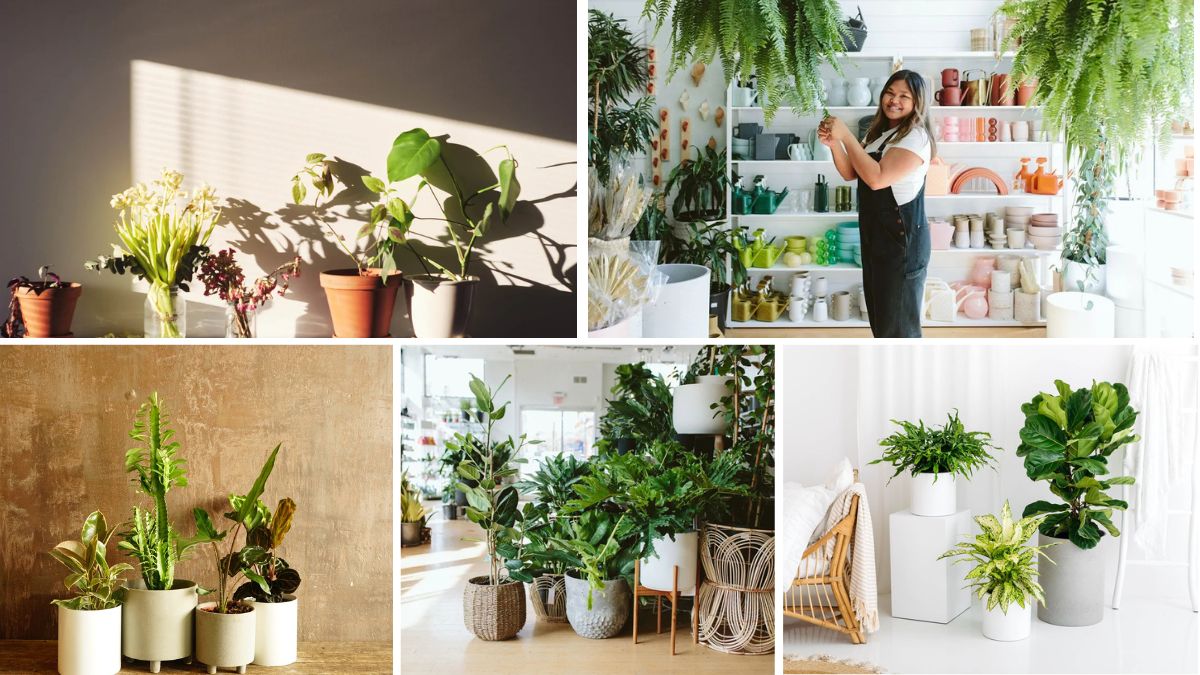Caring for indoor plants during summer can be both rewarding and challenging. While houseplants bring beauty, fresh air, and calmness into our homes, the hot and dry conditions of summer often test their resilience. Higher temperatures, increased evaporation, and intense sunlight can stress indoor greenery if not managed properly. For beginners and seasoned plant enthusiasts alike, adopting the right summer care routine ensures that your plants not only survive but also thrive.
This article explores essential summer plant care tips—from watering and humidity control to light management and pest prevention—helping you maintain lush, healthy indoor greenery all season long.
1. Understanding Summer Plant Stress
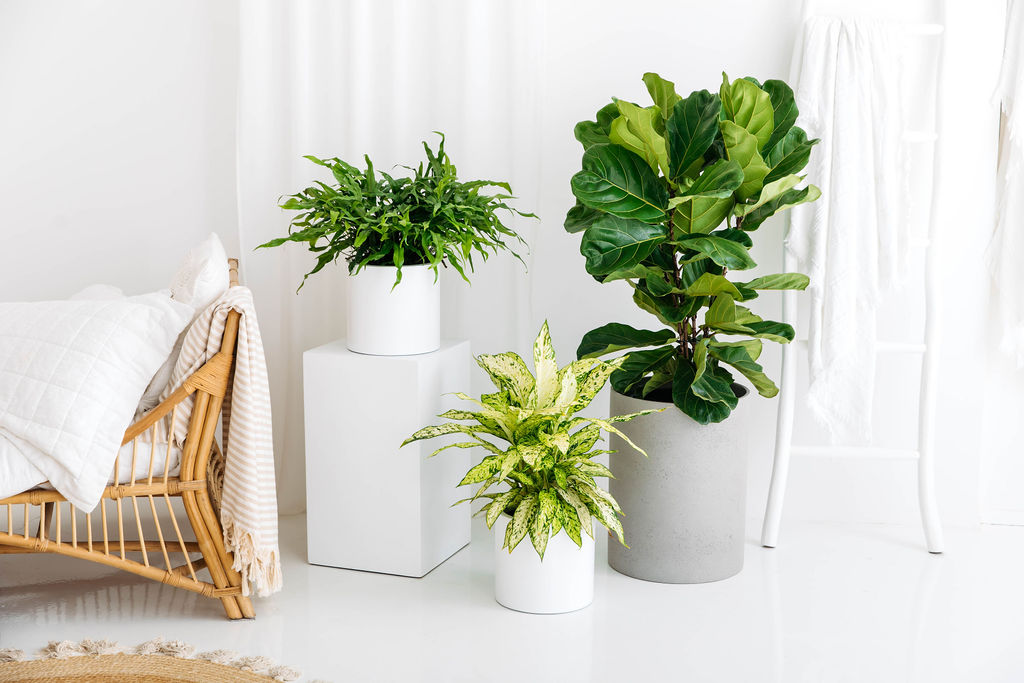
Before diving into care techniques, it’s important to understand the challenges summer brings:
- Heat Stress: Elevated indoor temperatures can cause leaf scorch, wilting, or drooping.
- Low Humidity: Air conditioners and fans reduce moisture in the air, leaving tropical plants vulnerable.
- Rapid Evaporation: Soil dries out faster, increasing the risk of dehydration.
- Increased Pests: Warm weather accelerates the life cycles of pests like spider mites and aphids.
By recognizing these factors, you can tailor your care approach to your plant’s specific needs.
2. Adjusting Watering Routines
One of the most crucial aspects of summer plant care is watering. However, overwatering is just as harmful as underwatering.
- Check Soil Moisture: Use the finger test—insert your finger 1–2 inches into the soil. If it feels dry, water the plant.
- Water Deeply but Less Frequently: Instead of shallow watering, ensure water reaches the root zone. This encourages strong root growth.
- Morning Watering: Watering in the early morning allows roots to absorb moisture before the heat of the day increases evaporation.
- Avoid Standing Water: Empty saucers under pots to prevent root rot and mosquito breeding.
Pro Tip: For plants like succulents and cacti, reduce watering frequency since they naturally store water in their tissues.
3. Managing Indoor Temperature
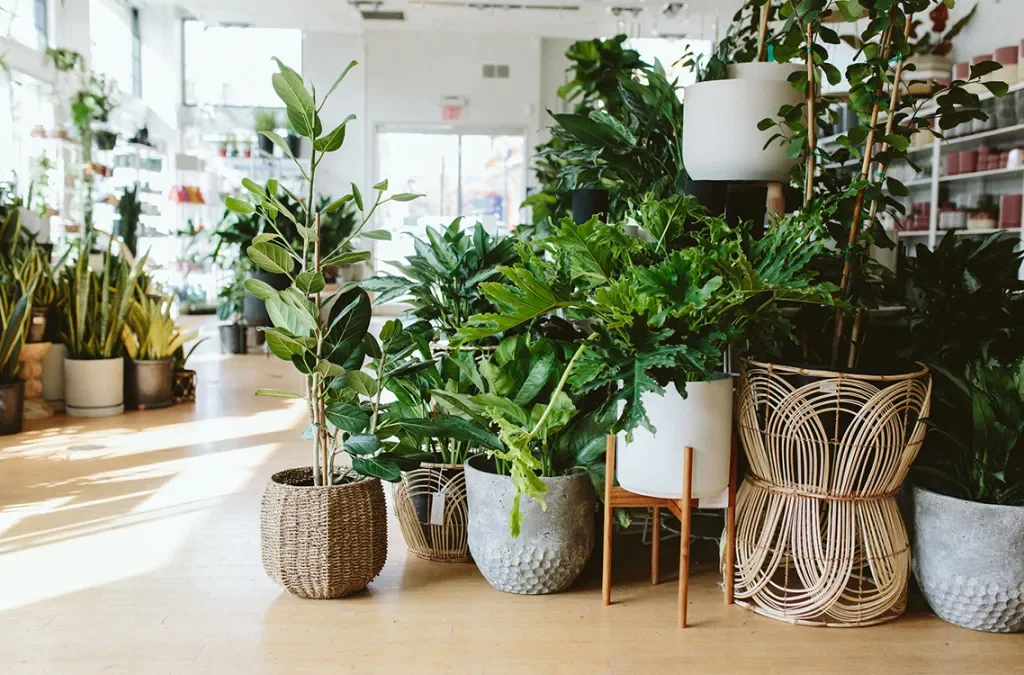
Summer temperatures can fluctuate, especially if your home receives direct sunlight. Most houseplants prefer 65–80°F (18–27°C).
- Keep Plants Away from Heat Sources: Avoid placing them near radiators, ovens, or sunlit windows where heat is intense.
- Use Sheer Curtains: These diffuse harsh sunlight, preventing leaf burn while still providing adequate light.
- Group Plants Together: This creates a microclimate that helps regulate temperature and moisture.
If the indoor climate gets too hot, consider using a fan on a low setting to keep air circulating without drying plants excessively.
4. Boosting Humidity Levels
Many popular houseplants—like ferns, calatheas, and orchids—thrive in humid environments. Summer air, especially with air conditioning, can be too dry.
- Misting Leaves: Lightly mist plants in the morning to increase humidity, but avoid evening misting to prevent fungal growth.
- Humidity Trays: Place pots on trays filled with pebbles and water. As the water evaporates, it raises local humidity.
- Use a Humidifier: An electric humidifier is the most reliable way to maintain steady humidity levels.
- Bathroom Plants: Relocating humidity-loving plants to bathrooms or kitchens in summer can keep them happy.
5. Light Management

Sunlight intensity is stronger in summer, and indoor plants can easily get sunburned.
- Rotate Plants: Turn pots weekly to ensure even growth and prevent one-sided leaning.
- Move Away from South-Facing Windows: Unless you have cacti or succulents, avoid direct sunlight that can scorch leaves.
- Artificial Lighting: If your plants don’t get enough natural light due to drawn curtains, use LED grow lights to supplement.
Pro Tip: Check leaves for signs of stress—yellowing or crispy edges may indicate too much direct light, while leggy growth suggests insufficient light.
6. Fertilizing Wisely
Summer is the active growing season for most indoor plants, making fertilization important.
- Use Balanced Fertilizer: A water-soluble fertilizer with equal parts nitrogen, phosphorus, and potassium (10-10-10 or 20-20-20) works for most houseplants.
- Frequency: Feed plants every 4–6 weeks during summer, but avoid over-fertilizing which can cause root burn.
- Special Needs: Flowering indoor plants like orchids may need bloom-boosting fertilizers high in phosphorus.
Remember: Always water before fertilizing to prevent fertilizer shock.
7. Pruning and Grooming
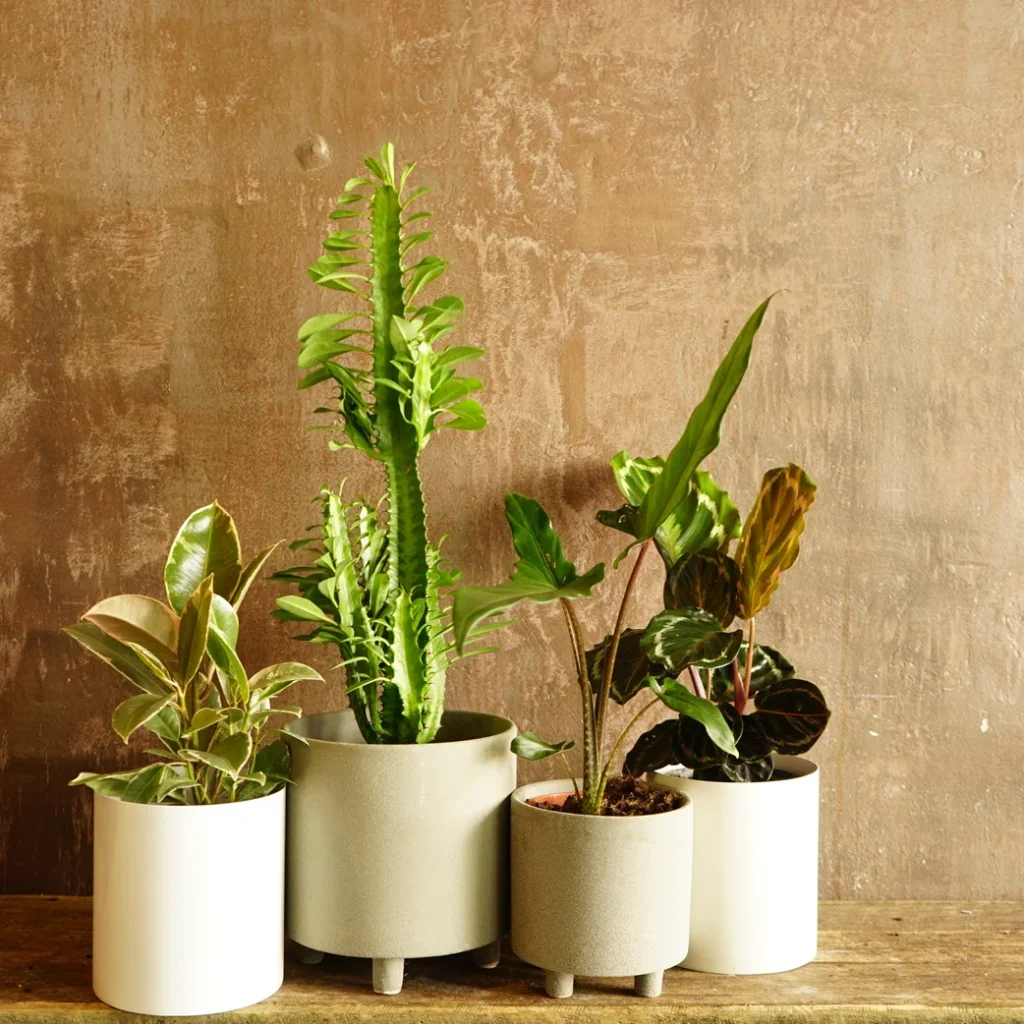
Summer is the perfect time to tidy up your plants and encourage fresh growth.
- Remove Dead Leaves and Flowers: This prevents energy waste and reduces pest risks.
- Pinch Back Leggy Growth: Helps plants grow bushier and more compact.
- Clean Leaves: Dust blocks light absorption—wipe leaves with a damp cloth to keep them shiny and efficient in photosynthesis.
8. Preventing and Managing Pests
The warm season brings a higher risk of pests indoors. Common culprits include spider mites, mealybugs, aphids, and fungus gnats.
- Inspect Weekly: Check under leaves and in soil for pests.
- Natural Remedies: Use neem oil spray, insecticidal soap, or diluted vinegar solution for mild infestations.
- Quarantine New Plants: Before introducing new greenery indoors, keep it separate for 1–2 weeks to avoid spreading pests.
- Good Airflow: Proper ventilation reduces the risk of fungal diseases.
9. Repotting and Soil Refreshing
Summer is a good time to repot plants that have outgrown their containers.
- Signs a Plant Needs Repotting: Roots coming out of drainage holes, slow growth, or soil drying too quickly.
- Choose the Right Pot: Select a container one size larger with proper drainage holes.
- Soil Refresh: Even if not repotting, consider replacing the top 1–2 inches of soil with fresh potting mix to boost nutrients.
10. Extra Tips for Healthy Indoor Greenery
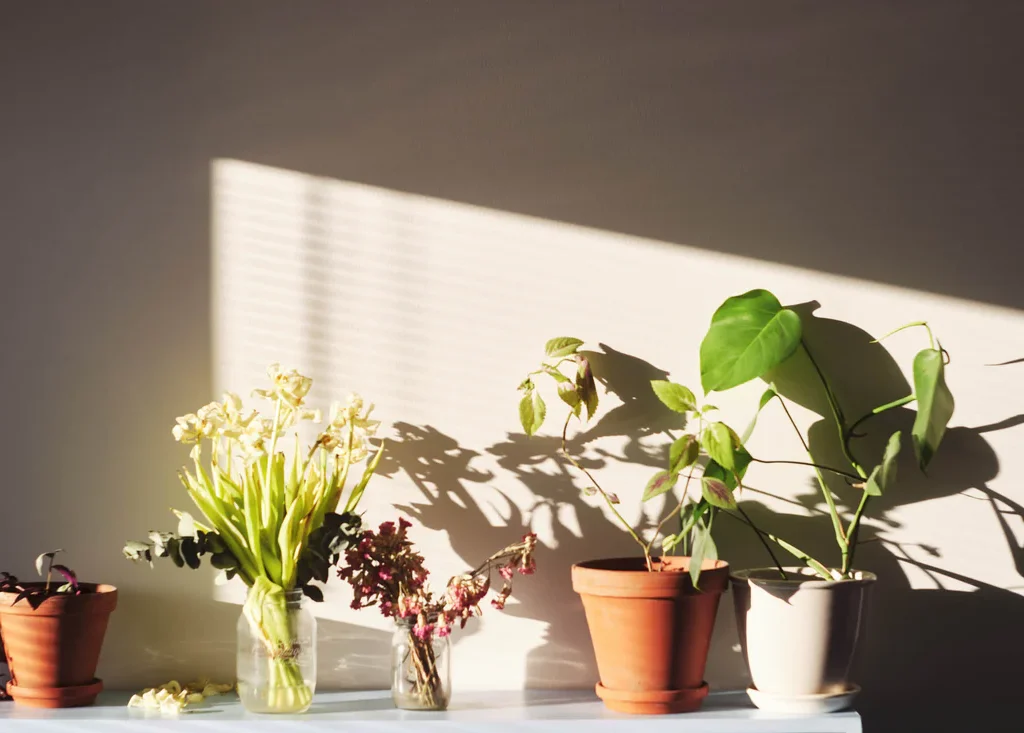
- Hydrate Yourself and Your Plants Together: Build a routine where you check your plants while drinking your morning water.
- Use Self-Watering Pots: Perfect for busy schedules or summer vacations.
- Relocate During Trips: Move plants to cooler, shaded rooms if you’re away for extended periods.
- Observe Each Plant Individually: Different species have unique summer needs—succulents, tropical plants, and flowering plants all respond differently to heat.
Conclusion
Summer brings unique challenges for indoor greenery, but with the right care strategies, your houseplants can flourish in the season’s warmth. From adjusting watering habits and improving humidity levels to preventing pests and providing the right amount of light, small changes make a significant impact on plant health.
For beginners, focusing on simple steps like checking soil moisture, using humidity trays, and shielding plants from direct sunlight can transform plant care into an enjoyable and stress-free routine. Experienced plant parents can take it further with advanced care—like fertilization schedules, pest control measures, and strategic repotting.
Indoor greenery not only beautifies our homes but also enhances our well-being by purifying the air and reducing stress. By following these summer plant care tips, you can enjoy a lush, vibrant indoor oasis throughout the hottest months of the year.
